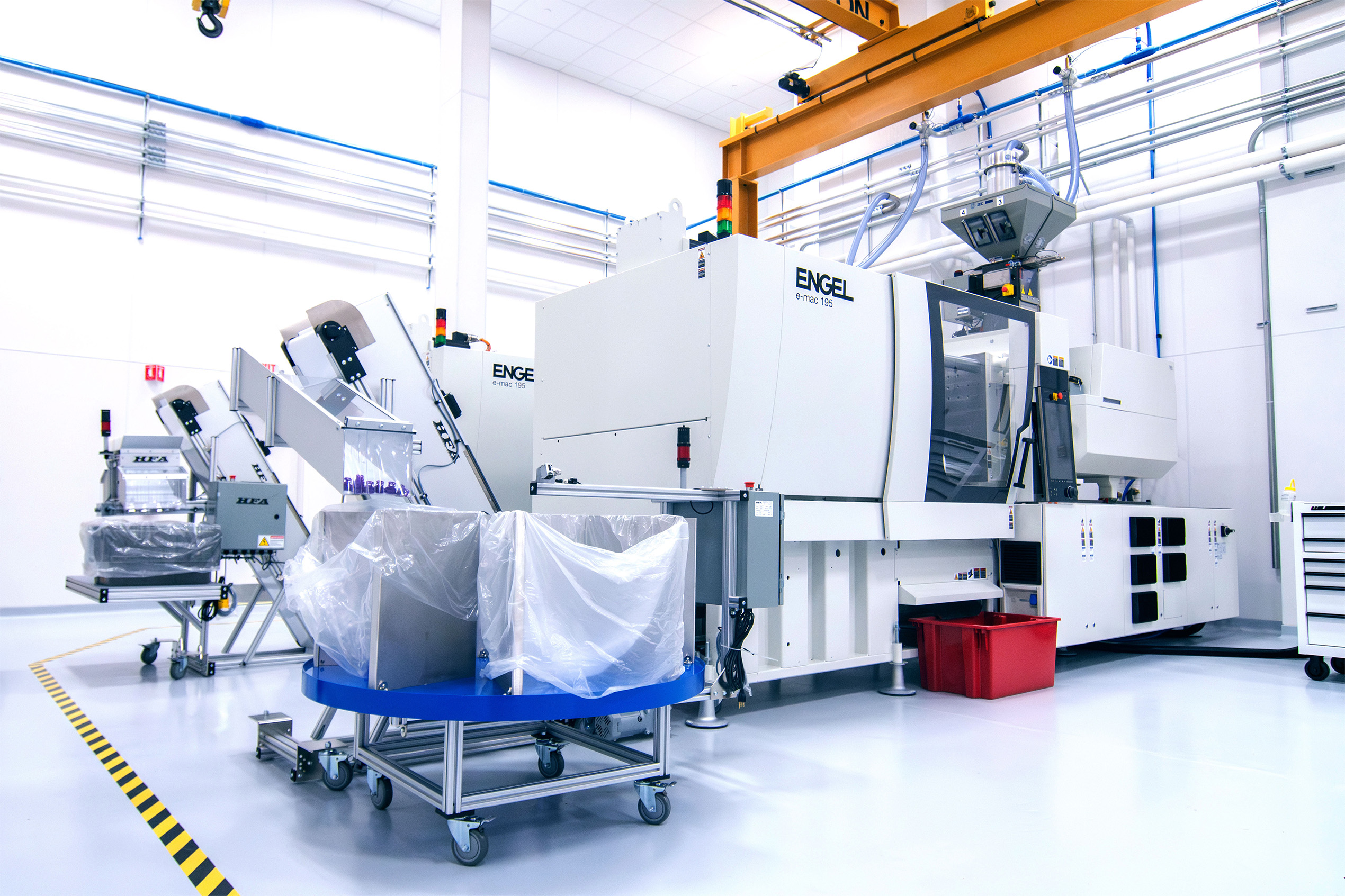Featured Article
Gilero, a Sanner Group Company, starts manufacturing in Greensboro, USA
Sanner has officially launched manufacturing operations in Greensboro, North Carolina. The new facility is dedicated to producing critical injection-molded components for medical devices and pharmaceutical packaging, as well as desiccant solutions. This expansion reflects Sanner’s long-term growth strategy and provides customers with a local source for efficient and scalable manufacturing […]

